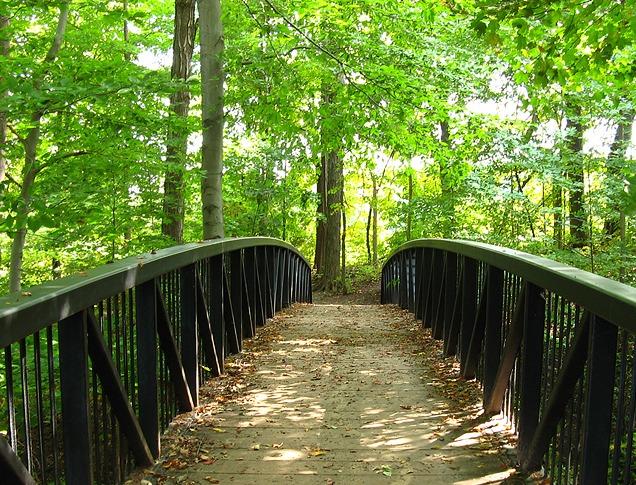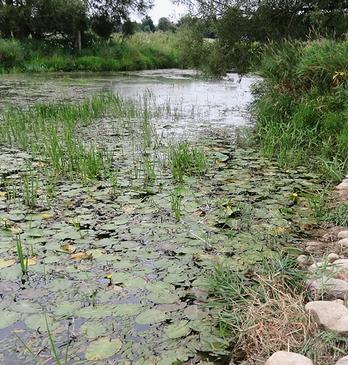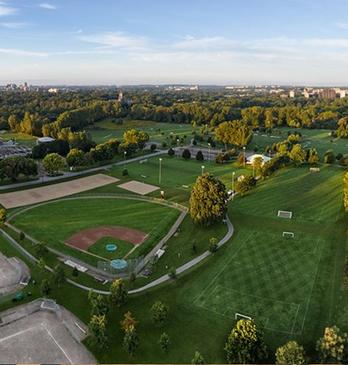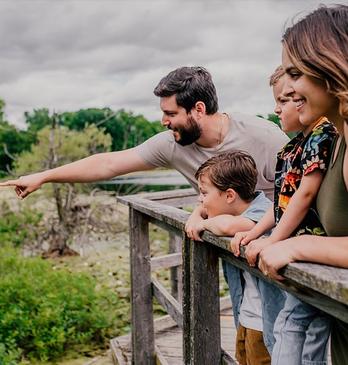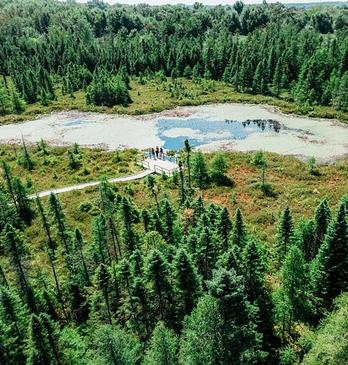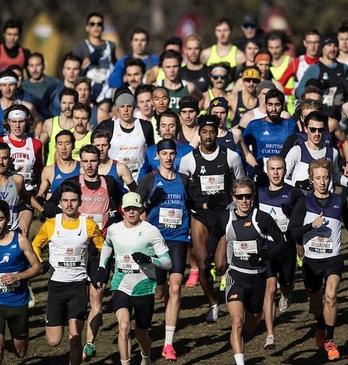Running along the south side of the Thames River, Meadowlily Woods is accessible from Meadowlily Road (off of Commissioners Road East) and the Meadowlily Bridge (c. 1910).
At the end of the road there is an entrance point to the Thames Valley Parkway.
If you are looking for a true escape to nature, this Environmentally Significant Area (ESA) is sure to delight. This wonderous natural oasis features deep ravines, mature woodlands, sloping terrain, a mixture of wetland and upland forest species, various types of trees and a large variety of birds.
Meadowlily Woods is also home to the Meadowlily Nature Preserve which is open to the public and owned by Thames Talbot Land Trust.
Opportunities for Education
Meadowlily Woods has an archaeological and historical significance in the London region. “Academic Research in the Meadowlily Woods area documented over 60 archaeological sites dating from 9500 B.C to 1500 A.D and includes all types of sites from find spots, camps, to villages, and special purpose sites,” (meadowlilywoods.com).
On your next hike, explore London’s history and check out the “Park Farm” building. Located on Meadowlily Road, “the old farmstead illustrates the evolution of a Regency cottage from when it was built in the 1840's until the present day. The property is associated with two families. The earliest residents were William Bell and his family. Bell was a farmer from England who arrived in Canada in the mid-1830's. Bell called his residence "Park Farm" and lived there until his death in 1877. And the Fraser family who gave Meadowlily Woods and Park Farm to the city in 1981,” (meadowlilywoods.com).
TEACHING OPPORTUNITY
This landscape is home to a vast assortment of flowers, ranging from basswood, to cattails, to vibrant wildflowers, such as turtlehead, in the summer. Have fun seeing how many different kinds of flowers you can find!
Ask yourself or your children - do the types of flowers change near the river's edge? What differences can you notice between the flowers on the trail and those near the river?
Can you spot any cattails near the water? Distinctive features are: “Long upright leaves, marshy areas. No gap between the two parts of the flower stalk," (ontariowildflowers.com).
BROCHURES & ACTIVITY
View a digital copy of the trail map here.
BINGO! Check out ReForest London's BINGO sheet that can be used for any of London's walks or hikes. Print it at home and use it in your neighbourhood (or wherever it's safe to wander outside)! DOWNLOAD HERE.










